Forties Member
updated to follow: Stratigraphic Guide to the Rogaland Group, Norwegian North Sea. Harald Brunstad, Felix M. Gradstein, Jan Erik Lie, Øyvind Hammer, Dirk Munsterman, Gabi Ogg, and Michelle Hollerbach. Newsletter on Stratigraphy, vol 46/2 pp137-286, 2013.
Rogaland Group, Sele Formation
Unit definition
The Forties Member is attributed to the intra Sele Formation
sandstones in subarea SW in Figs. 1.
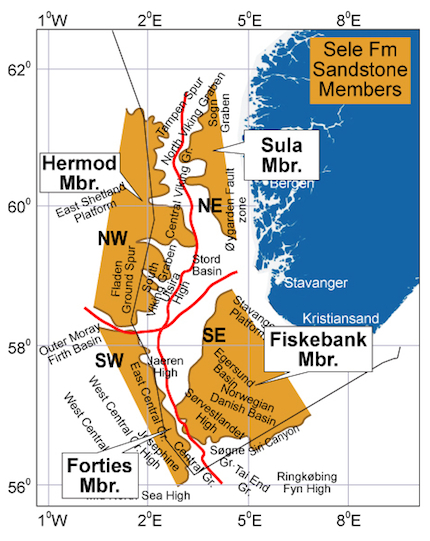 Fig 1: Location map of the Members of the Sele Formation.
Fig 1: Location map of the Members of the Sele Formation. |
Name
The name "Forties Formation" was introduced by Deegan and Scull (1977). Mudge and
Copestake (1992) reduced the unit to member status within the Sele Formation.
Derivatio nominis
The name is from the Forties Field, UK Block 21/10 (Deegan and Scull 1977).
Type well
UK 21/10-1. Depth 2131.5-2314 m RKB. Coordinates N 57°43'50.370", E 00°58'29.190".
Cores:
Reference wells
Norwegian well 7/11-1 (revised by Dreyer et al, 2004) (Fig. 103). Depth 2904-3069 m RKB. Coordinates
N 57°04'15.60", E 02°26'24.40". No cores.
Norwegian well 1/2-1 (Fig. 104). Depth 3121-3287 m RKB. Coordinates N 56°53'15.07", 02°28'35.70".
Cores: Cores 1-8.
Norwegian well 1/3-6 (Fig. 105). Depth 2914-2984 m RKB. Coordinates N 56°56'14.92", E 02°42'20.81".
Cores: Core 1.
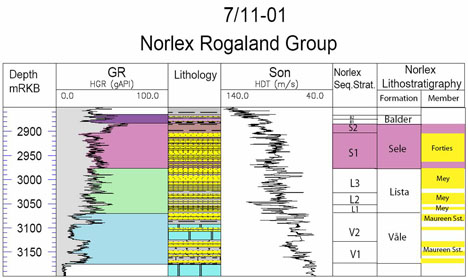
Fig. 103. Well 7/11-1 Composite log Rogaland Group. Stratigraphic position of the
Forties Member is outlined in stratigraphic column to the right.
|
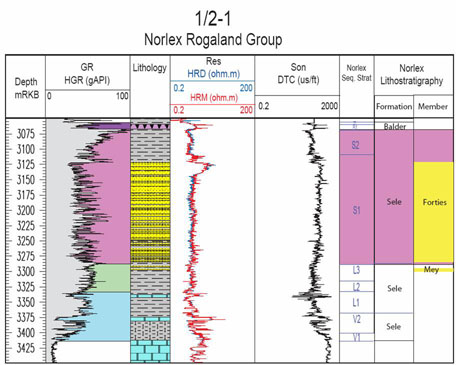
Fig. 104. Well 1/2-1 Composite log Rogaland Group. Stratigraphic position of the
Forties Member is outlined in stratigraphic column to the right.
|
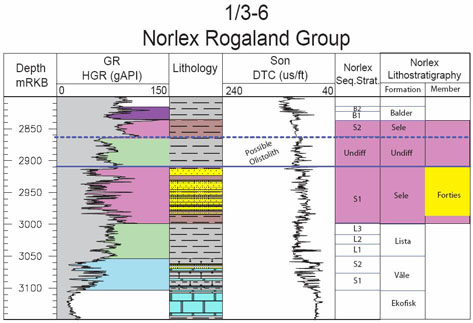
Fig. 105. Well 1/3-6 Composite log Rogaland Group. Stratigraphic position of the
Forties Member is outlined in stratigraphic column to the right.
|
Composition
The Forties Member consists of fine- to coarse-grained, moderately to poorly sorted,
locally pebbly sandstones that are commonly massively bedded and homogenous, or
display dewatering structures. Beds of muddy, extremely poorly sorted, pebbly
sandstone are also encountered, with reworked Sele and
Lista Formation mudstone clasts.
Primary structures include planar lamination and sporadic small scale
cross-lamination. Bed thickness is highly variable. Distal facies display repetitive
successive units that rarely exceed two meters in thickness, whereas proximal facies
often include units of 20 m or more. The interbedded mudstones and siltstones are
generally carbonaceous, micaceous, poorly sorted and crudely laminated (Knox &
Holloway, 1992).
A core photo example from well 1/2-1 is shown in Fig. 106 and a core description log
from well 7/11-3 in Fig. 107.
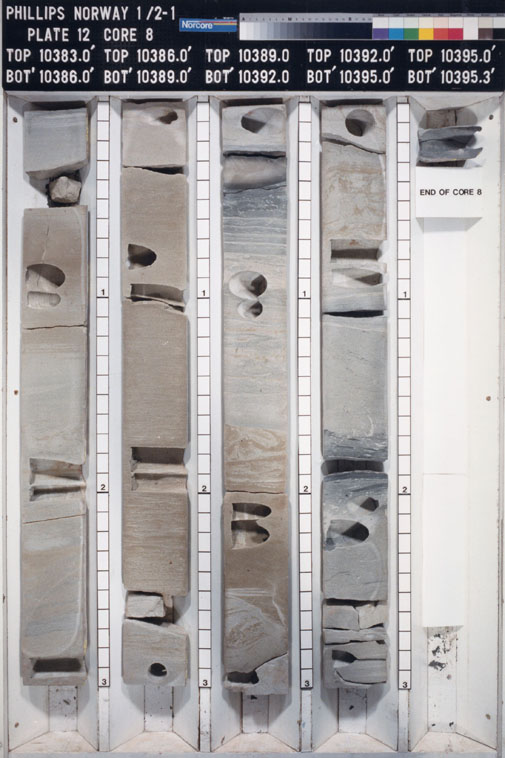
Fig. 106. Core photo from well 1/2-1. Graded beds of turbiditic origin, displaying
horizontal lamination, and convolute lamination. Photo from NPD Fact pages at
http://www.npd.no.
|
In the southern part of UK Quad 23 and northern part of Q30 Dreyer et al. (2004) have
recognized several shallow marine to non marine indicators (Figs. 108 and 109):
- Fresh/brackish water indicative microfossils assemblages and
- possible root trace,
- possible small scale HCS,
- A limestone unit characterized by vuggy karst-like fabric and
- Meniscate, vertical burrows
These observations are incompatible with the accepted idea that deep water anoxia
dominated in the entire basinal area during deposition of the entire Sele Formation,
and give strong indications that local areas in the southern Norwegian North Sea
Basin were shallow and oxic at least for a short time during the Late Thanetian-Early
Ypresian.
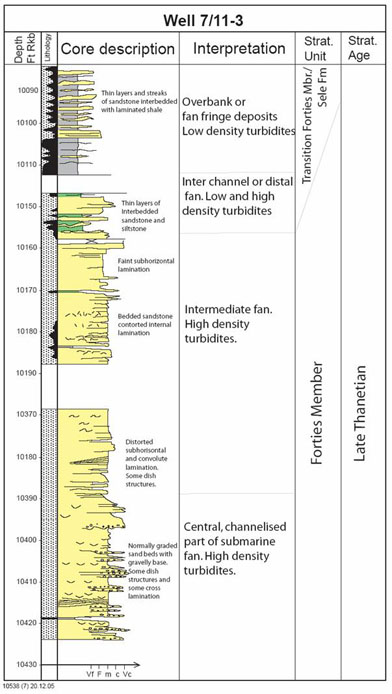
Fig. 107. Core description example from the upper parts of the Forties Member well
7/11-3.
|
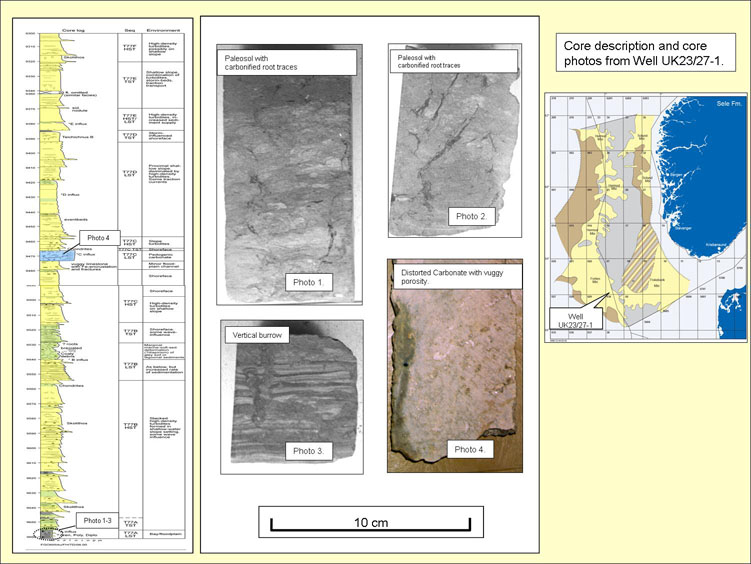
Fig. 108. Possible shallow marine indicators from the Forties Member, Well UK23/27-1
Pierce Field, close to the Norwegian-UK border. Core photographs show inferred
paleosols, vertical burrows of Diplocraterion type and pedogenically
altered/freshwater influenced carbonates. Wireline log to the left shows position of
shallow marine indicators relative to sandstone beds of partly turbiditic origin.
|
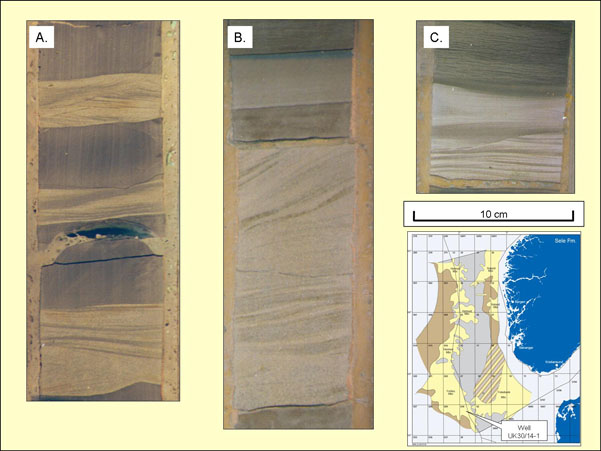
Fig. 109. Sedimentary structures showing deposition under fluctuating flow regime.
It seems possible that the undulating appearance with cut and fill of offshooting
pinch and swell laminas can be explained by influence of oscillatory currents
generated by wave activity.
|
Wireline log characterization
On a larger scale the Forties Member displays a coarsening upwards trend with
decreasing gamma-ray values and increasing velocity, reflecting a progradational
system.
Upper boundary
The upper boundary is defined as the break between the Forties sandstones and the
shales of the Sele Formation above. The log response changes
upwards fom low
gamma-ray readings and high velocity to high gamma-ray readings and low velocities
in the Sele Formation.
Lower boundary
Where the Forties Member rests on the Mey Member its lower
boundary is defined by a
decrease in velocity into the sandstones of the Forties Member. When the Forties
Member rests on the Sele or Lista
Formation the boundary is characterised by an
upwards increase in gamma-ray readings and decrease in velocity.
Thickness
The Forties Member is variable in thickness: 70 m in well 1/3-6, 73 m in reference
well
7/11-1, 165 m in example well 1/2-1 and 182.5 m in type well UK 21/10-1. In the
Central Graben it reaches a thickness of more than 200 m, as in reference well UK
21/10-2, where it reaches 262 m.
Seismic characterization
Top of the Forties Member
The top of the Forties Member is often associated with a strong to moderate positive
amplitude event that can be correlated locally to subregionally. Sometimes it is
interfering with the Base Balder Formation reflector making it more difficult to
pick.
Base of the Forties member
The base of the Forties Member is often visible as a moderate to weak variably
negative to positive acoustic amplitude event, and can be correlated sub regionally.
The Forties Member can usually be identified by the presence of seismic thicks. Its
thickest development follows axial parts of the Central Graben. To the east a wedge
shaped geometry may be seen in cross section, believed to represent distal thinning
of submarine fan systems.
In the area around the Cod Field a seismic convex up geometry can be seen at top and
the bottom reflector is rather flat. Internally can sometimes be seen dipping
reflectors
(Dreyer et al. 2004). This may represent a mixture of submarine fan systems and
prograding slope and shallow marine systems. A seismic line from south of the Cod
Field to the Ula Field is shown in Fig. 110. An example from east of Flyndre is
shown in Fig. 111.
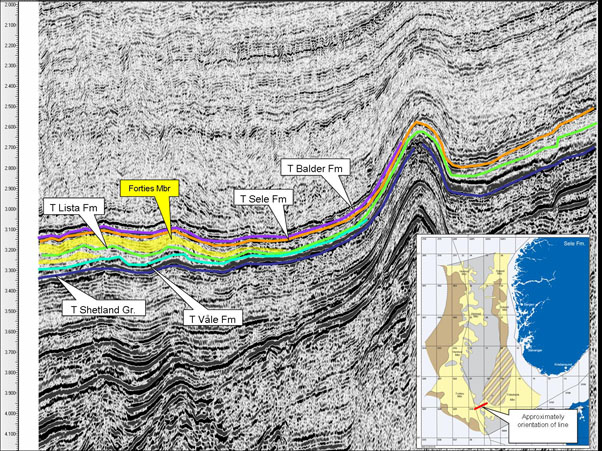
Fig. 110. Seismic section through the Breiflabb Basin and the Ula structure.
Interval with inferred presence of Forties Member is outlined.
|
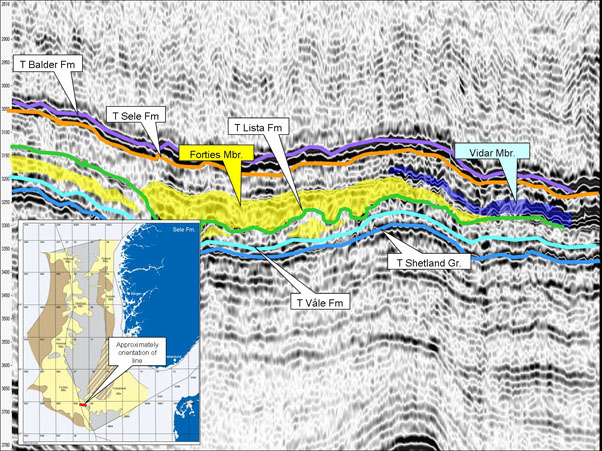
Fig. 111. Seismic cross section along the axis of channelised Forties Member in
blocks 1/5 and 1/6.
|
Age
Latest Paleocene-Earliest Eocene (Late Thanetian-Earliest Ypresian).
Biostratigraphy
Being contained in the Sele Formation, the age of the Forties Member is bounded by
biostratigraphy and age assignments for the Sele Formation. See description for the
Sele Formation.
Correlation and subdivision
The Forties Member is grossly considered as being deposited by one pulse, reflecting
the S1 (lower Sele Formation), and is roughly time equivalent to the Hermod S1 of the
Viking Graben. Sandstones of S2 (Upper Sele Formation), the so-called Cromarty
sandstones in the UK, do not seem to be developed in the Norwegian part of the
Central Graben.
Geographic distribution
The Forties Member is distributed in the area from the Outer Moray Firth and into the
northern part of the Central Graben, where it appears to reach into the area
northwest of the Ekofisk Field ( Fig. 102).
Depositional environment
According to Knox & Holloway (1992), the sands were shed southeastwards off the shelf
areas of the East Shetland Platform and the Inner Moray Firth, and deposited within a
submarine sand fan system, probably of slope-apron or ramp type (Stewart, 1987). The
association with grey, often laminated mudstone indicates that the bottom waters were
anoxic. The presence of green and red mudstones is ascribed to the reworking from
local highs.
According to Dreyer et al. (2004) the palynofacies of the Forties Member of the
Central Graben in UKQ23 and 30 and Norwegian Q1 and Q7 varies between normal to low
salinity, and anaerobic to aerobic. The depositional environments range from slope
and basin plain environments to near shore and even non-marine environments.
Hydrocarbon discoveries with Forties Member as reservoir
- Flyndre discovery (part of the reservoir), oil.
- Oselvar discovery, gas and condensate
- Blane discovery, oil.
- Cod Field, gas and condensate.


 Fig 1: Location map of the Members of the Sele Formation.
Fig 1: Location map of the Members of the Sele Formation.





